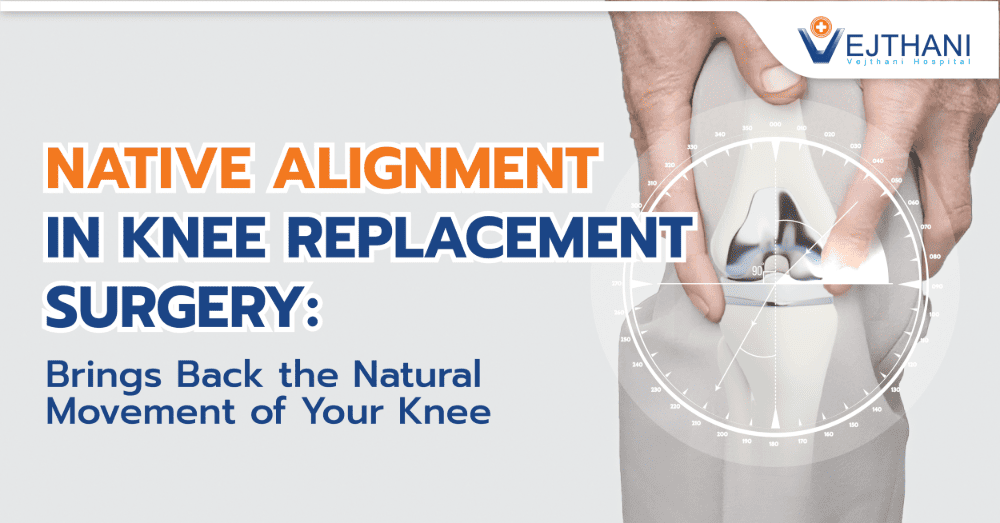
Body contouring
Overview
Body contouring, or body sculpting, is a medical or surgical procedure designed to reshape specific areas of the body. It focuses on removing extra skin, eliminating excess fat, and contouring the body to improve its shape. This procedure is not typically intended for weight loss but is used to enhance body shape, particularly in areas where weight loss alone is ineffective or where significant weight loss has resulted in excess skin.
Types
Body contouring can remove fat and shape the body when diet and exercise do not work. It can be done in two ways:
- Lipolysis or nonsurgical body contouring, which has various techniques, such as:
- Laser lipolysis, is a fat-cell-destroying procedure using lasers
- Injection lipolysis targets fat cells in the body by administering deoxycholic acid
- Cryolipolysis is a process that breaks out fat cells at extremely low temperatures
- Radiofrequency lipolysis, a technique that targets fat cells with heat and ultrasonic waves
- Surgical body contouring techniques include:
- Liposuction, also known as lipo, is a procedure that removes fat deposits from the body using suction.
- Lifts and tucks, remove excess fat and skin (e.g., tummy tuck, facelift, breast lift, double chin surgery)
Reasons for undergoing the procedure
Body contouring targets various areas of the body, including the arms, back, abdomen, flanks, buttocks, neck, chin, and thighs. Surgical procedures can effectively remove excess skin, resulting in a smoother and more youthful appearance, particularly beneficial after substantial weight loss or due to aging.
Typically, individuals choose body sculpting to attain a slimmer and more defined body shape.
Risk
Although rare, body contouring procedures carry potential risks. Risks associated with nonsurgical alternatives are considerably lower than with surgical procedures.
Nonsurgical procedures risk include:
- Swelling
- Red skin
- Inadequate outcomes necessitating additional sessions
- Soreness or pain
- Rash or hives
Surgical procedures risk include:
- Infection
- Hematoma
- Nerve damage that may result in numbness, weakness, or altered skin sensation
- Heart and respiratory issues
- Skin discolouration, rippling, or scarring
- Discoloration and abnormalities in the skin
- Blood clots or bleeding
- Pain or swelling that persists past the anticipated duration
- Improperly healed cuts
- Adverse effects of anesthesia include queasiness, vomiting, or difficulty awakening
- Injury to muscles, organs, blood vessels, or nerves
- Different appearance on both sides, or asymmetry
- Hair loss close to wounds
Before the procedure
Prior the procedure, one may need to sign a consent form, giving permission for the procedure and acknowledging the risks and having realistic expectations.
The consent is often given after the healthcare provider examine and measure the areas the patient wants to change, draw on them, take pictures, discuss options and recommendations. They will also review the risks, anesthesia, and pain control if surgery is considered.
Other important things to discuss prior the procedure include:
- Medical history
- Any medications or substance use
- Overall goal
In preparation for the surgery and depending on the type of body sculpting, one may also need to get blood work or a physical exam, stop smoking, and stop taking certain medications like aspirin, NSAIDs, and herbal supplements.
During the procedure
Surgical body contouring often begins with marking the sites pre-operatively, positioning the patient on a surgical table, performing safety checks with nursing and anesthesia, and administering local or general anesthesia.
Then, it proceeds as follows:
- Disinfect and prepare the skin in the surgical area
- Make cuts in the skin based on the specific procedure
- Modify, move, or reshape tissue and excess fat to achieve the desired appearance.
- Tighten muscles, a common step in abdominoplasty
- Remove excess skin
- Use liposuction to extract extra fat, either on its own or with other procedures
- Once surgery is complete, close the incisions
- Apply bandages to the area
Surgery typically last from 45 minutes to several hours. They are performed in a surgeon’s office, surgical center, or hospital.
With non-surgical, or lipolysis procedures, each session often take 30 to 60 minutes. Multiple sessions are usually needed to see results.
During the procedure, the targeted areas on the skin are marked, and for injection lipolysis, a drug is administered into the specific area. Depending on the type of lipolysis, a tool to deliver ultrasound waves, laser beams, cold, or heat may be used.
After the procedure
For nonsurgical body sculpting, patients can leave immediately after the procedure and resume normal activities without needing a ride home.
For those who had undergone surgery, it is important to have someone drive and stay with them for the first night. Most people can also return home the same day after surgery, with recovery instructions, which may include:
- Using prescribed medications such as ointments or pills to manage pain or prevent infection
- Promptly reporting any complications
- Tending to the drains and changing the bandages.
- Being cautious about over-activity while remaining mobile to prevent blood clots
- Avoiding direct sunlight exposure
Outcome
Nonsurgical treatments generally have shorter recovery times, allowing most people to resume normal activities right after treatment. They also pose minimal risk, reducing the likelihood of complications needing close monitoring. However, it may take several weeks or months to show results.
While surgical results are typically more immediate and noticeable compared to nonsurgical options. However, its recovery period can vary from weeks to months depending on the extent of the surgery and size of incisions.
People who have undergone surgical body contouring are advised to seek immediate medical assistance if they experience:
- Persistent severe pain despite medication
- Nausea or vomiting
- Bleeding, discharge, redness, or swelling around the incision
- Chest discomfort
- Feeling lightheaded.
- Fever above 100.5 degrees Fahrenheit
In general, individuals undergoing body contouring often achieve enhanced definition and shape in targeted areas of their body. This can result in a more youthful and slimmer appearance, smoother skin, and relief from associated symptoms.
Contact Information
service@vejthani.com






















